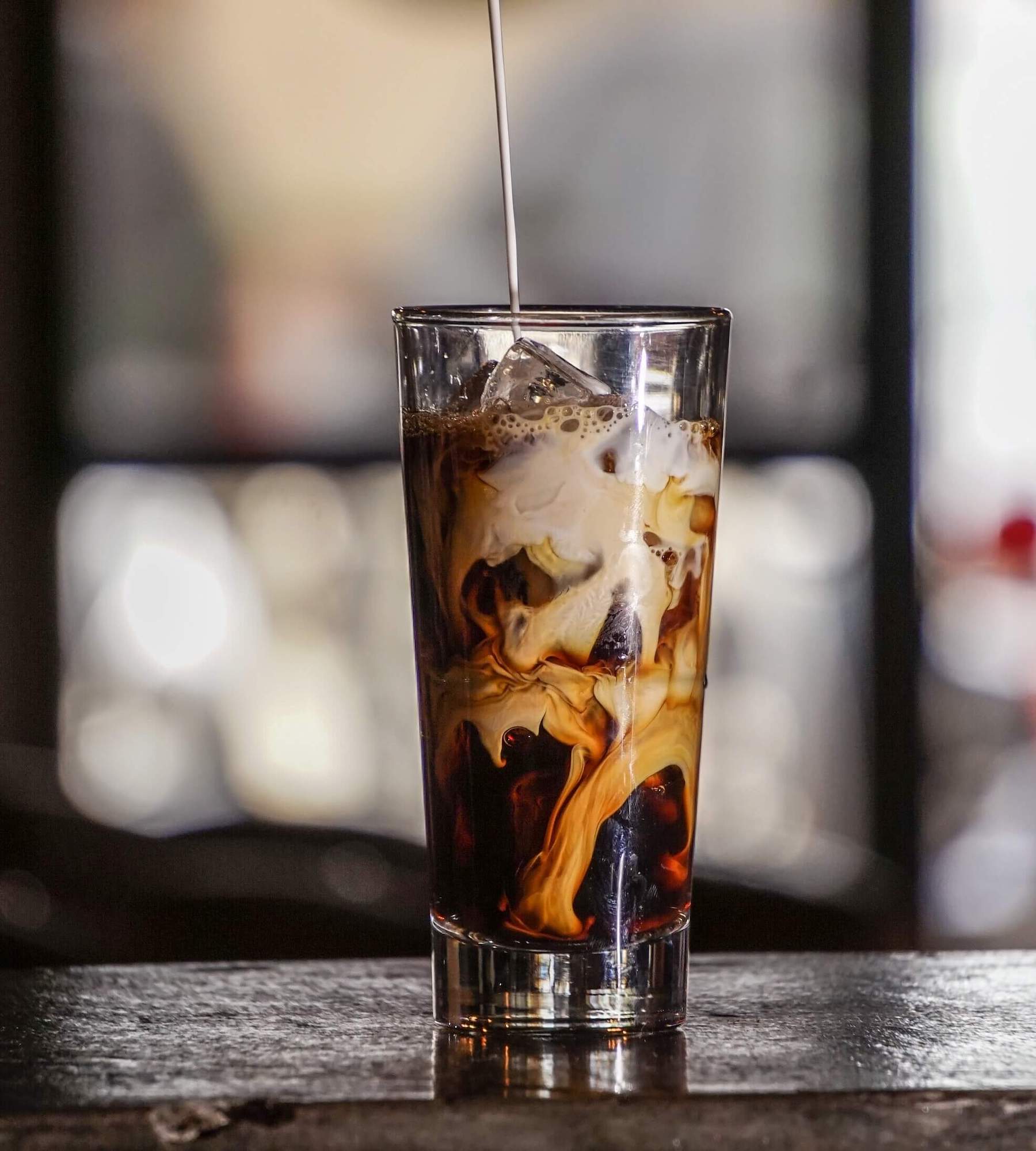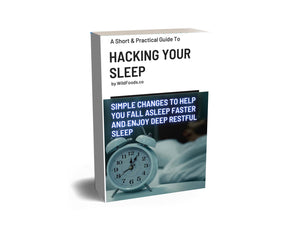What is Cold Brew and Why is it Awesome

You are missing out if you don't know how fantastic cold brew coffee is.
(And a great place to get your first taste is with our Wild Cold Brew brew-at-home pouches.)
Cold Brew coffee is different than typical hot brewed coffee because it is brewed with cold water (duh). There are a few methods for doing this, but in our tests, we have found that using ice-cold water and brewing for 24 hours in the fridge yields the best results.
When you brew coffee using hot water, you get a fast extraction but at the cost of a more acidic cup of coffee due to the hot water pulling out more of the harsh components of the grounds--oils, acids, and aromatic molecules.
This results in a robust and acidic cup of coffee. For many, this acidic cup of coffee is too harsh to drink without sugar and cream.
Enter Cold Brew Iced Coffee.
For those who don't like black coffee, cold brew coffee might change your mind. The cold brew method produces a smooth, low-acid, sweet coffee cup. And when you pour it over ice, man-o-man, it is damn good!
Brewing cold-brew coffee is easy if you have the right tools and great coffee.
What you'll need to cold brew coffee:
- Pre-chilled glass container - (a mason jar or cold press works.)
- 1 liter (34 ounces) of ice-cold filtered water
- 85g of fresh ground Wild Coffee beans ground to the size of thick-grained sea salt/breadcrumbs
- A method of straining the grounds; paper filter, fine-mesh strainer, french press
How to Cold Brew Coffee Method:
- Grind coffee beans to a medium grind size
- Add grounds to a glass container and pour in water
- Stir until all grounds are entirely submerged
- Cover and place in the fridge
- Optional: check after a few hours and stir to make sure all grounds are submerged
- After 24 hours, remove the container from the refrigerator and stir one last time
- Strain
- Pour over ice and drink!
- Store remainder in a sealed container and enjoy within a few days.
If you have yet to try cold brew coffee, I highly recommend you. As with any cup of coffee, the better quality bean you use, the better cup of coffee you'll get.
You'll love our whole bean Wild Coffee.
Common Cold Brew Coffee Questions
No one wants the experience of preparing your cold brew, waiting in eager anticipation of that first delicious sip, only to discover the whole batch is...well, kind of awful. Here are a few common mistakes – what went wrong and how to avoid a bad batch.
The Wrong Beans
While the cold brew process can be more forgiving than your typical drip-brewed coffee pot, good beans still matter. If you started with low-quality, maybe even stale coffee beans, you will most likely end up with a sub-par cup of joe.
Always choose a high-quality, organic bean to brew, and you'll set yourself up for a better result. Of course, we go with fair trade, non-GMO, organic, small batch, and freshly roasted beans.
And can you use decaf for cold brew? Absolutely!
The Proper Cold Brew Grind
If you've tasted your cold brew batch to be too bitter, consider the grind size you used. It's too fine of a grind that leaves that extra bitter aftertaste in cold brew.
Since your coffee will be steeping for many hours, choose a courser grind, something resembling the texture of sugar or sea salt is typically a good size.
When It Comes To Water Temps - Just Chill
Many people find themselves somewhat freaking out about what water temperature you must use for cold brew.
Do I start with hot water or go warm? Should I add ice before putting it in the fridge? And so on. It doesn't have to be that complicated.
Unless you're the scientific type and want to do a taste-testing experiment (since hot water can highlight different flavors in the coffee), go with anything between room temp and fridge cold water for the best results.
If you soak the coffee grinds for 12 hours, you'll probably find your cold brew weak and somewhat astringent. Let the brew sit in the fridge for 18 to 24 hours before straining. Then get ready for a smooth taste that was worth the wait!
Don't Be Too Strained About Straining
When you're waiting in such mouthwatering suspense, it can be tempting to race through the straining process, but trust us, don't rush it.
Do not poke, prod, or force your cold brew through the cheesecloth or filter unless you want bitter disappointment.
Savor the experience and process. Be patient, and your reward will be smooth and sweet.
To Dilute Or Not To Dilute…?
DO NOT DILUTE is the answer to the question.
Your cold brew is meant to be stored in the refrigerator as a concentrate. Don't water it down, or it shortens its life (to a sad little 2-3 days). Note: If you're not keeping your brew in the fridge, it can and most likely will mold.
If appropriately stored (refrigerated) as an undiluted concentrate, although flavor quality typically starts to degrade after a week, your cold brew should last for about two weeks.
It's only when you're pouring up a glass and ready to drink it should you be diluting your cold brew.
Frozen Coffee?
Love your beverages a little extra on the arctic side? Try freezing up some coffee cubes.
Just take an ice cube tray and pour in some leftover coffee. (If leftover coffee is a foreign concept in your house, brew an extra cup for this cool purpose.) Freeze those coffee cubes and use them in your next glass of extra-cold cold brew.
So cold brew is not only a fun way to brew, it's a taste of the bean any coffee connoisseur should give a try!
